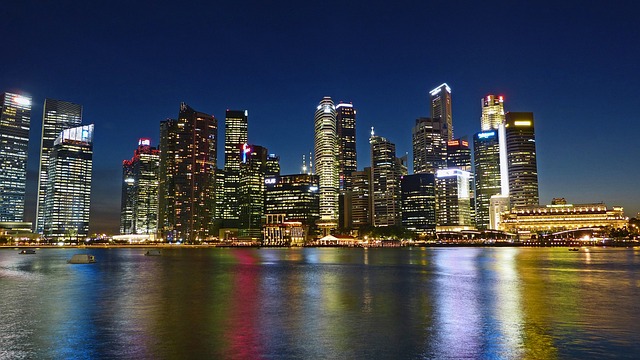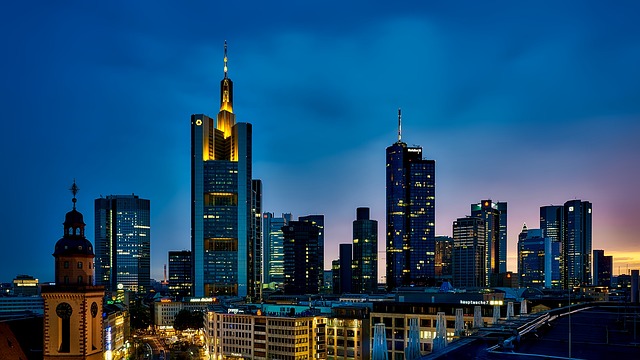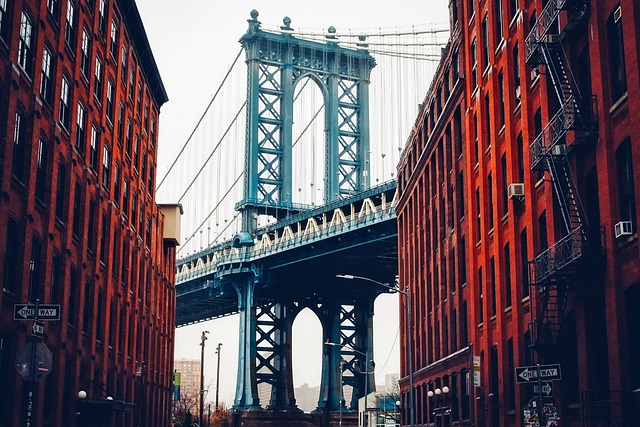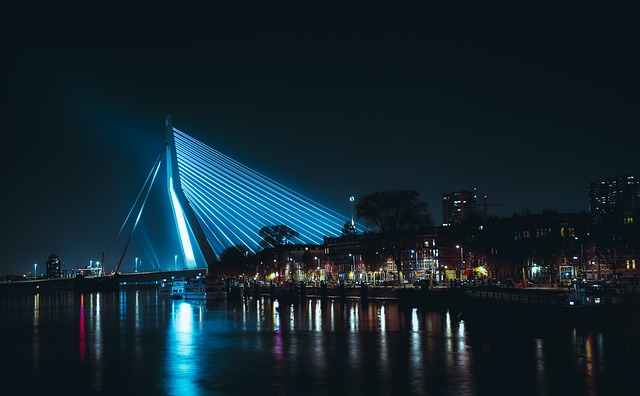Gentrification, fueled by investment and demand for urban living, rapidly increases property values in previously undervalued areas. This benefits local economies but challenges long-time residents with higher costs and potential displacement. Balancing affordability and inclusivity through policies like affordable housing is crucial to ensure gentrification's positive impacts on infrastructure, services, and communities' cultural identity.
Gentrification is a complex process that’s transforming real estate markets worldwide. This phenomenon, characterized by the influx of affluent residents into historically underserved areas, rapidly increases property values. The article delves into understanding gentrification and its multifaceted impact on real estate. We explore the rapid rise in property values, the factors driving this trend, and its implications for local communities. By navigating both challenges and benefits, we aim to provide insights into how these shifts reshape urban landscapes and drive real estate dynamics.
Understanding Gentrification and its Impact on Real Estate Markets
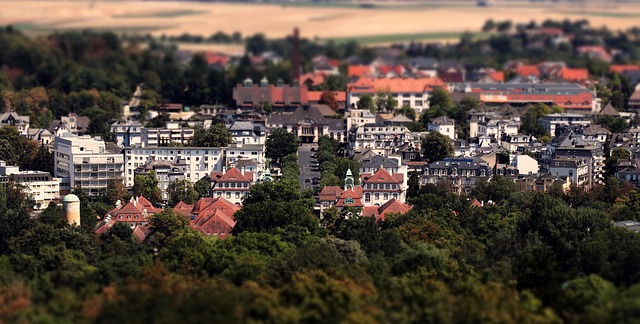
Gentrification, a process where urban areas experience renewal and revitalization, often leads to rapid changes in real estate markets. It begins with affluent individuals or developers investing in previously underdeveloped or neglected neighborhoods. This influx of capital triggers a cascade of events—property values rise as demand increases, older residents may face higher living costs, and the area transforms into a more desirable, sought-after location.
The impact on local real estate is profound. As gentrification takes hold, rental prices climb, encouraging long-time residents to relocate. This displacement can lead to a loss of cultural diversity and unique community characteristics. Simultaneously, new businesses and amenities emerge, attracting young professionals and families, further boosting the real estate market. The cycle continues, creating a positive feedback loop that accelerates property value growth, challenges existing residents’ affordability, and reshapes urban landscapes.
The Rapid Rise in Property Values: Factors and Implications

In the dynamic landscape of real estate, gentrification has emerged as a powerful force, swiftly elevating property values in previously undervalued areas. This phenomenon is driven by a complex interplay of factors. One key contributor is increased demand from residents seeking affordable housing options near urban centers. As these areas gain popularity, investment flows in, fueling a cycle of price inflation. The influx of capital not only attracts developers but also encourages existing property owners to upgrade and sell, further driving up prices.
The implications of this rapid rise are multifaceted. For long-time residents, rising costs can make staying in their communities challenging, leading to displacement. On the other hand, higher property values can stimulate local economies as taxes increase, benefiting public services. However, it’s crucial to balance these gains with measures that ensure affordability and inclusivity, addressing potential negative impacts on the social fabric of these neighborhoods.
Navigating the Challenges and Benefits for Local Communities

Gentrification, while driving up real estate values and revitalizing neighborhoods, presents a complex set of challenges for local communities. As affluent residents move in, long-time locals often face rising living costs, potentially pushing them out. This displacement can disrupt established communities and change the cultural fabric of an area. However, it also offers opportunities: improved infrastructure, increased access to quality education and healthcare, and a boost in local businesses as new residents inject capital into the market.
Navigating these dynamics requires thoughtful urban planning and inclusive policies. Engaging with the community throughout the process ensures that development benefits all residents. Initiatives like affordable housing programs, tenant protection laws, and incentives for developers who prioritize community engagement can help mitigate negative impacts while harnessing the positive transformations that gentrification brings to real estate values and neighborhood amenities.


